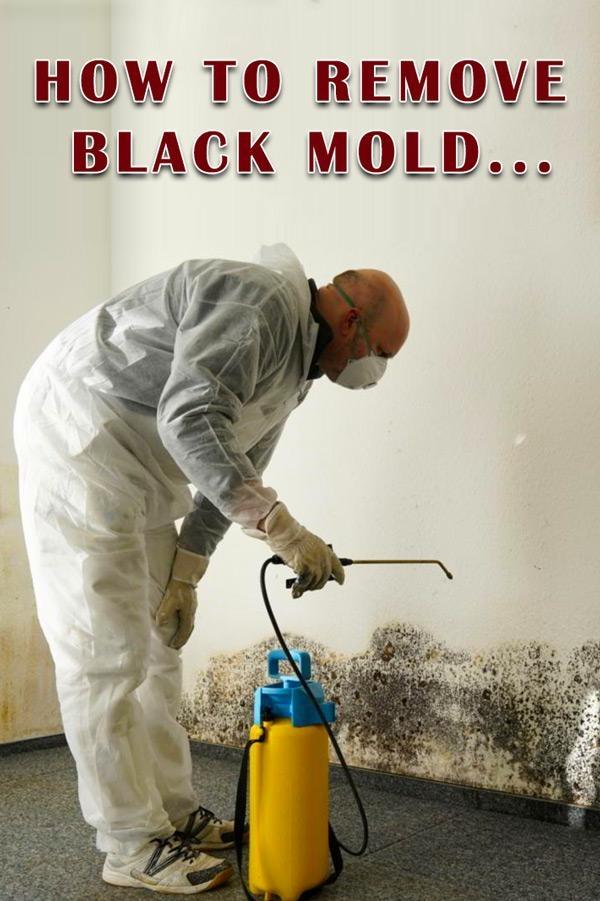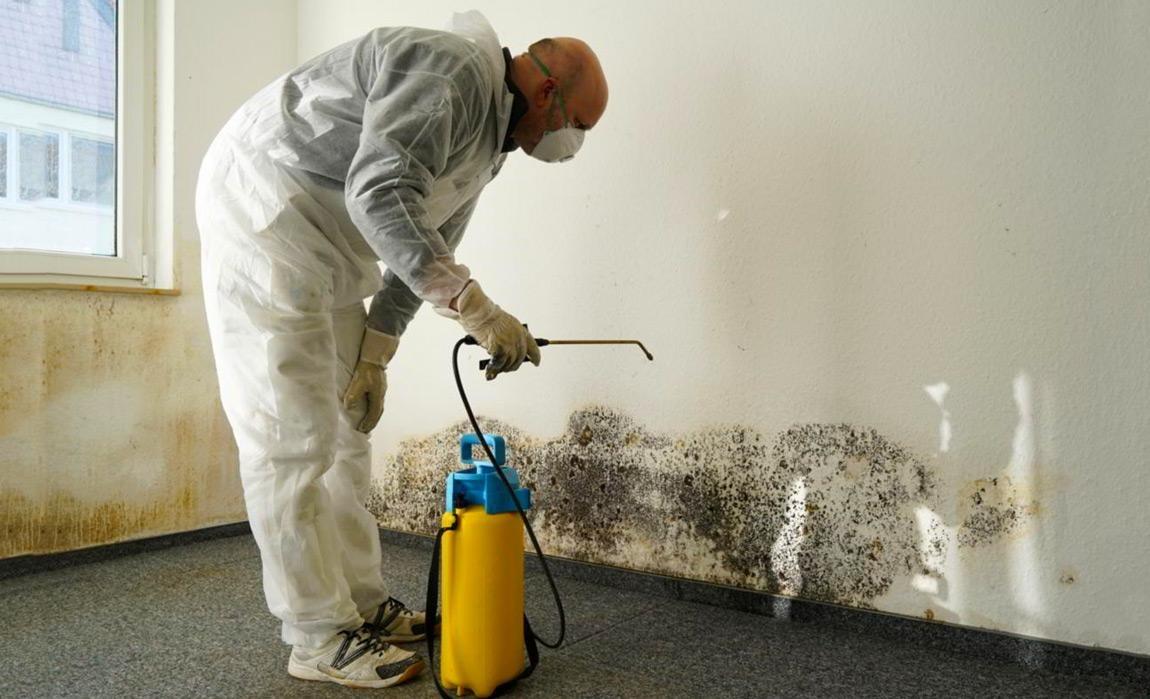Almost everyone has at least some mold in their home. Even though not all types of it are dangerous or toxic, they still present a health risk. The people that are affected the most typically suffer from allergies or asthma. Most of the time, distinguishing between their types is impossible without the help of a lab. But, of all of them, black mold is the most toxic and dangerous, and it should be removed as fast as possible.
Dangers of Black Mold
Fungi are a nuisance that spreads on many different surfaces: wallpapers, carpets, insulation, drywall, you name it. Everyone can notice it by merely smelling the darkened and damp area that they suspect. It has a characteristic soggy and musty smell, and as the CDC states: “If you can see or smell mold, a health risk might be present. There is also a straightforward test that you can do at home to see if you have it, you can see it here.
Furthermore, black mold releases tiny and microscopic spores that you inhale. These spores can cause all sorts of allergies, sneezing, and irritating odors. These mycotoxins grow in humid areas, and they spread in strains of Stachybotrys and Memnoniella. Moreover, this type of fungus spreads particularly well in places where water has come in contact with wood. Many home items can be the host of it: wall paneling, ceiling tiles, cardboard, and drywall are the most common though.
When is it best to remove it?
The uncomplicated way to manage this problem is to take care of it before it spreads. You might be surprised that you can remove the decay by yourself with the help of everyday domestic products. But, if you have a big infestation problem and you suffer from allergies or have a weak immune system, it’s best to call a mold removal service.

What if my home has suffered from water damage?
The most common problems arise when you have water problems in your home. These can range from flooding, leaky pipes, leaky roofs, ventilation systems, etc. The fungus usually thrives on dark, humid and damp environments. After cleaning up the damage caused by the water, it will take some time before it becomes visible. The most important thing is to stop its growth in this phase by acting immediately.
How to get rid of black mold?
If you have spotted this type of fungus and you want to take action then first you must prepare. It is advisable to put on a long-sleeved shirt, long pants, and of course a mask, gloves and a pair of goggles. Firstly, remove all moisture from the room to prevent more growth. You can do this by using a dehumidifier. But, be sure to replace the water because it will be filled with toxic spores. Before you start cleaning, seal off the target room and cover all air ducts and vents with plastic and tape. As well as that, cover your door with a large plastic sheet and tape it to the wall, so the spores don’t spread to the rest of the house.
After this, comes the cleaning. Start by cleaning the walls and the floors. Roll up the carpets and check for damage. If they are too damaged, cut them up and put them in plastic bags and throw them away. If they aren’t, take them out in the sun and let them dry because the sun is a great fungus killer. The next thing that you have to do is to fill a bucket of warm water and put 8 ounces of bleach in it. Use this solution and an old rag to clean the walls and floors. As soon as they dry up, mix up some disinfectant with warm water and go over them again. You might repeat this every few days until all traces of it are gone. Then it will be time to clean wooden surfaces if you have any.
To remove mold from wooden surfaces, you will need denatured alcohol. Dampen an old rag with this and rub down slowly on the wooden surfaces. This solution will not harm the wood, but you should still check it on a small area before wiping the entire surface. After the alcohol has dried up, you need to spray the coating with disinfectant to prevent spreading. Finally, when you finish up with all of your wooden surfaces, go and clean porous surfaces.
Lastly, porous surfaces are any kind of fabric items that can collect spores. You must wash them in the hottest possible temperature that they can handle and then take them outside. Brush the fabric with a soft brush, and this will cause all of the remaining spores to go in the air. Since they are out, you won’t have anything to worry about. Leave them hanging in the sun because that’s the best way to kill mold. After they have spent sufficient time in the sun, spray them with a disinfectant and bring them in. By now, all of the fungi should be eliminated. However, if you notice that it isn’t, don’t be afraid to do this process again.
How to prevent black mold?
Finally, if you want to prevent black mold from entering your home, try to keep the humidity inside around 40 percent. On humid days, use air conditioners and make sure that every room is adequately ventilated. You can also help to stop the spreading by cleaning bathrooms and previously infested places with fungus-killing products. Try not to use carpets in your bathroom and kitchen. But, if you do, as soon as you spot some dark spots, replace and remove them and check if there is more of it to take care of.
Attics and basements are also very fond of infestations. A surefire way to prevent these kinds of rooms from catching mold is to ventilate them properly and to keep them dry. Ultimately, the best defense is to keep routed water away from the foundation of the house, and not letting it come to contact with any walls or unisolated surfaces.
